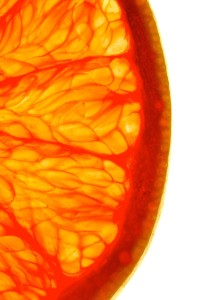 A 56 year old male was referred to Auckland Hospital ICU on 1 July 2009 with total respiratory failure, for ECMO external oxygenation. The patient had contracted H1N1 Swine flu (confirmed by tests) while on holiday overseas, and had developed what is known as ‘white out’ pneumonia. This refers to x-rays showing no air space in the lungs.
A 56 year old male was referred to Auckland Hospital ICU on 1 July 2009 with total respiratory failure, for ECMO external oxygenation. The patient had contracted H1N1 Swine flu (confirmed by tests) while on holiday overseas, and had developed what is known as ‘white out’ pneumonia. This refers to x-rays showing no air space in the lungs.
After 20 days of life-sustaining ECMO treatment and other critical care, the patient, who was unconscious by induced coma, had not responded. The ICU team advised the family of the likely outcome and had prepared them for the possibility of the patient’s death.
Family members approached Centre for Advanced Medicine Limited (CAM) for advice on the clinical use of intravenous vitamin C for such cases.
At the family’s request, information was provided to ICU doctors including ISO 9001:2008 registered protocols, safety data, dosages and access to vials of IV vitamin C under CAM’s license for wholesale medicines.
The ICU team agreed to administer intravenous vitamin C according to the family’s wishes. This decision acknowledged the family’s rights, in compliance with the New Zealand Health and Disability Act, 1997.
The patient received intravenous vitamin C starting on the evening of 21 July, continuing until 29 July. 25 grams was provided on the first day increasing over the first three days to 50 grams twice daily which was sustained for a further six days.
By 24 July x-rays indicated increasing lung function and ECMO external oxygenation was discontinued on 26 July. After several days of assisted ventilation and critical care for ongoing secondary conditions, the patient was able to commence his recovery and rehabilitation. The patient was discharged from hospital on Friday 18 September, and is recovering at home on the farm.
The decision by the Auckland Hospital ICU team to administer adequate dosages of IV vitamin C, and their skillful coordination of ICU procedures, were responsible for the positive medical outcome.
Permission from the patient and his family has been sought by CAM to publish these details on its website and elsewhere in the interests of accuracy. This permission was willingly provided and CAM expresses its thanks, admiration and respect. CAM welcomes opportunities to provide similar professional support for registered medical practitioners and their patients.
Obtained from:
